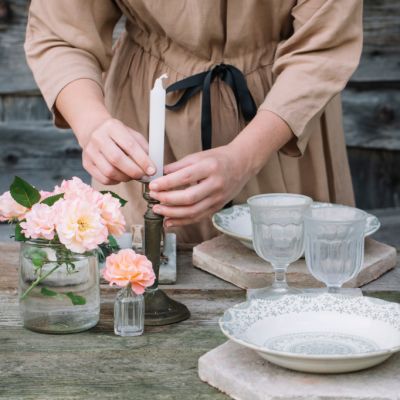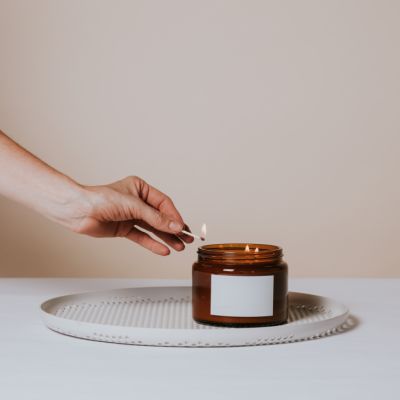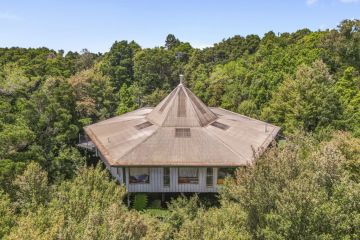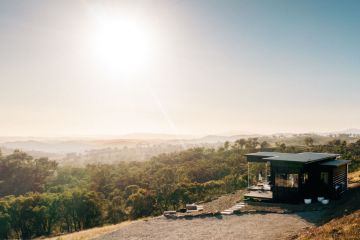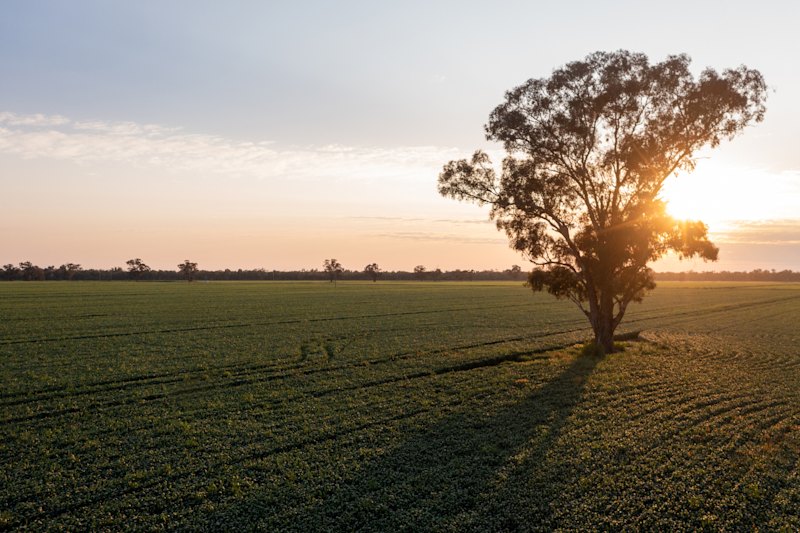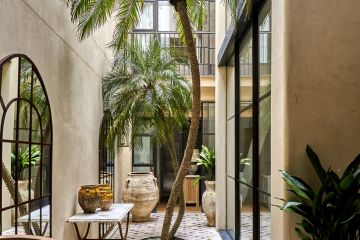Real or fake? How to choose your perfect Christmas tree
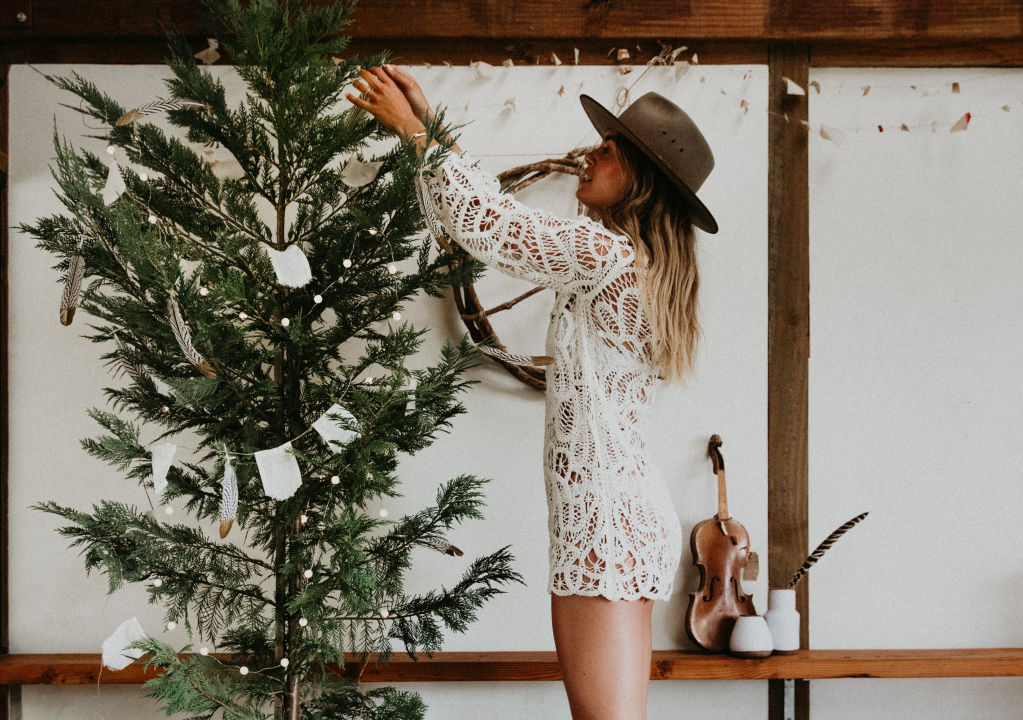
A Christmas tree is the symbol of the holiday season and this year, more than ever, we need the cheer that only a show-stopping tree can deliver. Whether your tree is fresh, fake or some fabulously creative alternative, it’s important to make the right choice for what will be the centrepiece of your living space during the holiday months.
As people become more aware of the negative effects of Christmas consumerism on the environment, they want options that are eco-friendly while still looking festive.
There’s no denying that artificial trees have come a long way. They’re now available in a mind-boggling range of sizes, shapes and hues. And for the time-poor, they even come conveniently pre-decorated and illuminated.
On the other hand, nothing beats the experience of shopping for a real tree with its distinctive scent and nostalgic charm.
The benefits of an artificial tree
From luxuriously lavish to budget-friendly, fake is the new fabulous when it comes to Christmas trees.
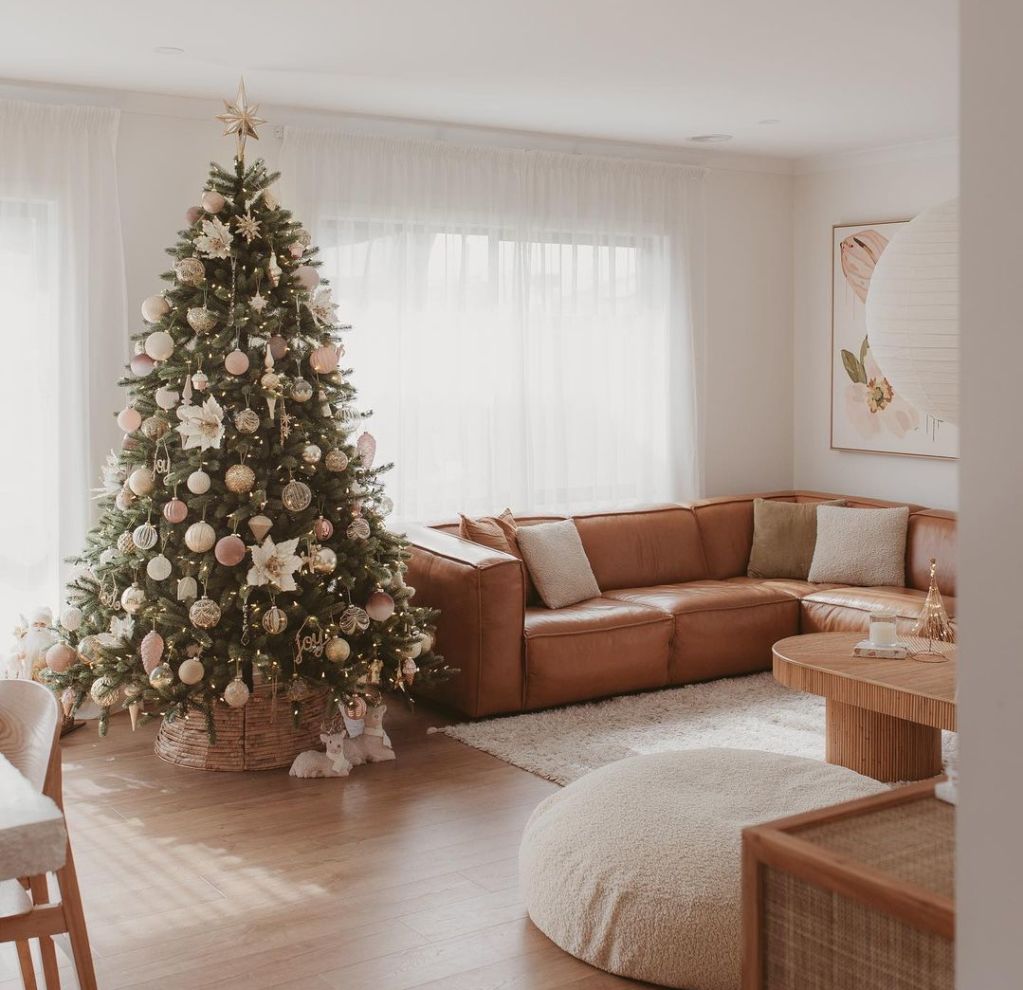
If your decorating taste leans towards Scandi or Japandi, the simple elegance of a minimal raw wood tree could perfectly complement your decor. At the other end of the spectrum are lush-looking trees that seem like they’ve been plucked fresh from a Norwegian spruce forest. Or “snow-tipped” beauties worthy of backdrop status in a performance of The Nutcracker.
US-based Balsam Hill makes premium artificial Christmas trees and has been amazed by the positive response received from Australian customers since setting up business locally a decade ago.
Brand manager Jennifer Petersen highlights the realism of the company’s trees from the asymmetrical branch design right down to the subtle colour differences and textures. She says, “The company’s CEO and tree designer takes clippings from trees he finds in the wild or grows in his backyard to help create the company’s hyper-realistic products.
“With an artificial tree there’s no mess, no fuss, no having to keep it alive and no worries about disposal,” she adds.
“Choosing a quality artificial tree with the right width, height, and shape for your space means you’ll enjoy it for years to come.”
The benefits of a real tree
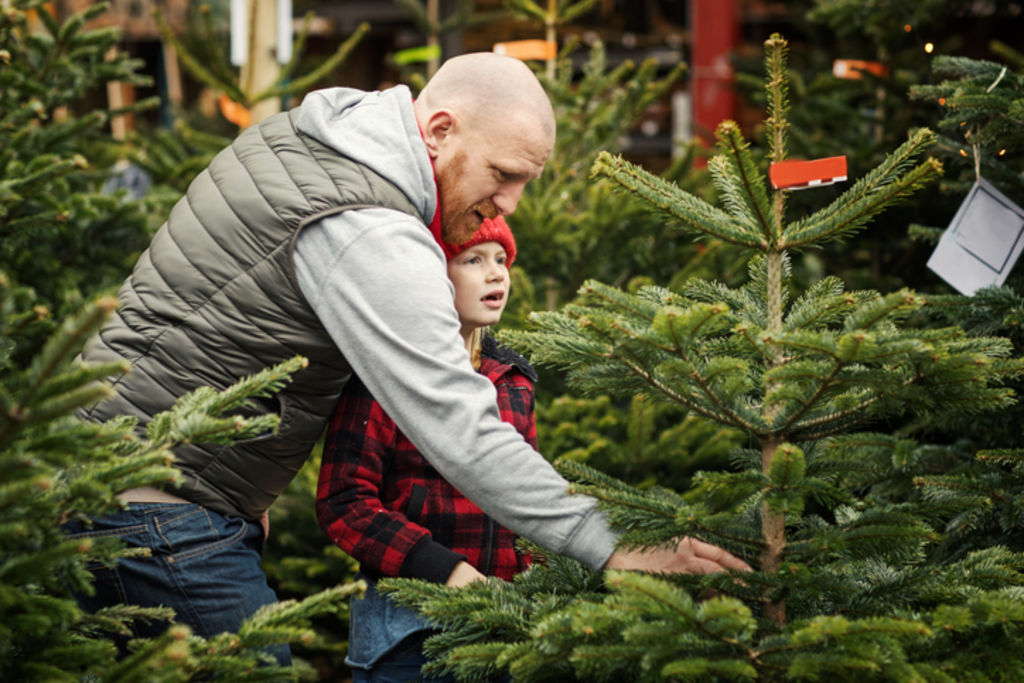
For most people, the number one benefit of a real tree is the scent. If you ever had one growing up, the pine fragrance will instantly evoke memories of childhood Christmases.
If you’re keen to buy a real tree this season but lugging it to your car isn’t your idea of a good time, online retailers like Real Christmas Trees Melbourne will ship a perfectly sized one directly to your home.
If you have time, you could take the family to a tree farm for some pre-Christmas fun. The majority of these are friendly, family-run businesses offering farm-fresh trees from renewable plantations. Many offer a choice of a DIY or done-for-you service, along with tree-care tips and advice on post-Christmas recycling and disposal.
Sydney farms include the Dural Christmas Tree Farm and the Sydney Christmas Tree Farm in Duffys Forest. In Melbourne, you can venture out to the Melbourne Christmas Tree Farm in Plumpton, the Narre Warren Christmas Tree Farm or The Christmas Tree Farm on the Mornington Peninsula.
Making an environmentally-friendly choice
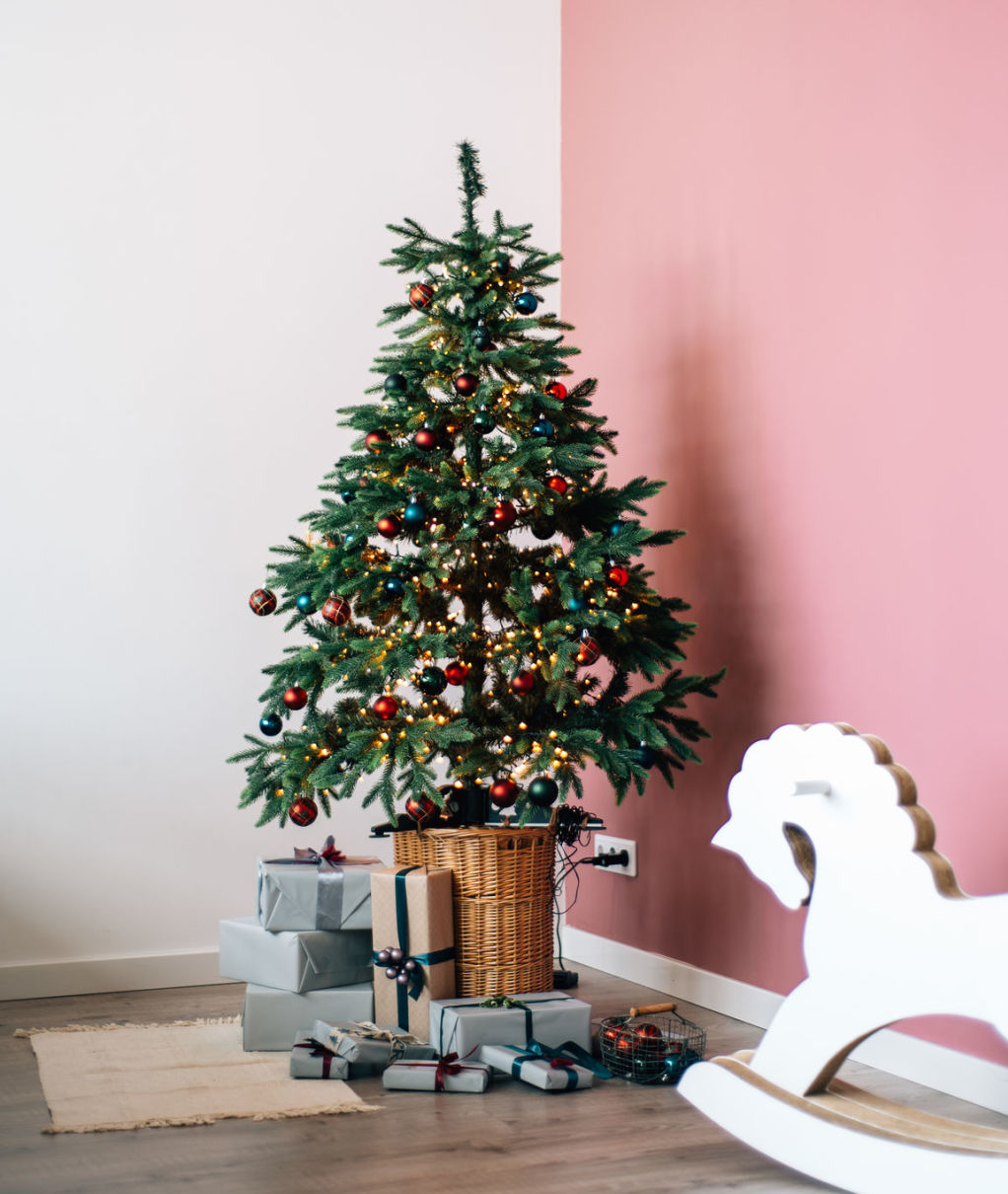
According to Emily Fletcher, head of research and education at the Clean + Conscious Awards, making a safe, sustainable and socially responsible Christmas tree choice comes down to several key factors.
“The important thing is, if you’re using a real tree, that it doesn’t go to landfill at the end of its life and that it’s recycled back into mulch.
“While it might be more sustainable for some to purchase an artificial tree that will be used repeatedly, you have to look at what it’s made of and where it’s coming from to work out whether it’s truly better for the environment.
“Because Christmas trees are commonly made from PVC or polypropylene derived from petrochemicals, they create huge greenhouse gas emissions. And there’s also a carbon footprint involved in shipping the tree across the world,” she adds.
“The most sustainable Christmas tree option would be a living tree in a pot that you could bring inside, or to make a creative alternative from driftwood or sustainably sourced timber.”
And Fletcher also cautions about the environmental implications of cheap, disposable decorations and energy-hungry lighting. “The best quality Christmas decorations would be high-quality ones that become family heirlooms,” she says. “Source second-hand vintage decorations and choose recyclable materials such as glass, wood or fabric. You can also forage ‘decorations’ from nature like red berries.”
Finally, “With lighting, make sure you’re using LEDs because they use 80 per cent less energy than incandescent. Choose non-flashing lights and turn them off when you go out or go to bed,” Fletcher says.
We recommend
States
Capital Cities
Capital Cities - Rentals
Popular Areas
Allhomes
More
- © 2025, CoStar Group Inc.

